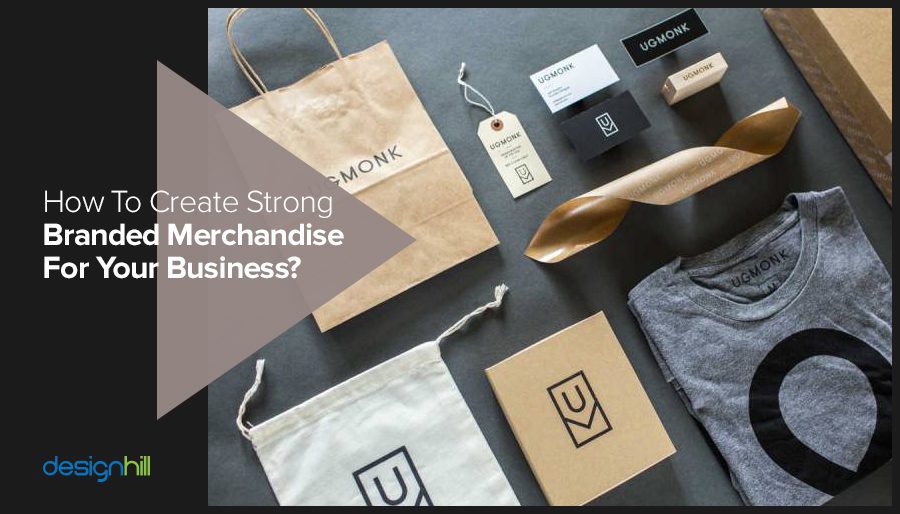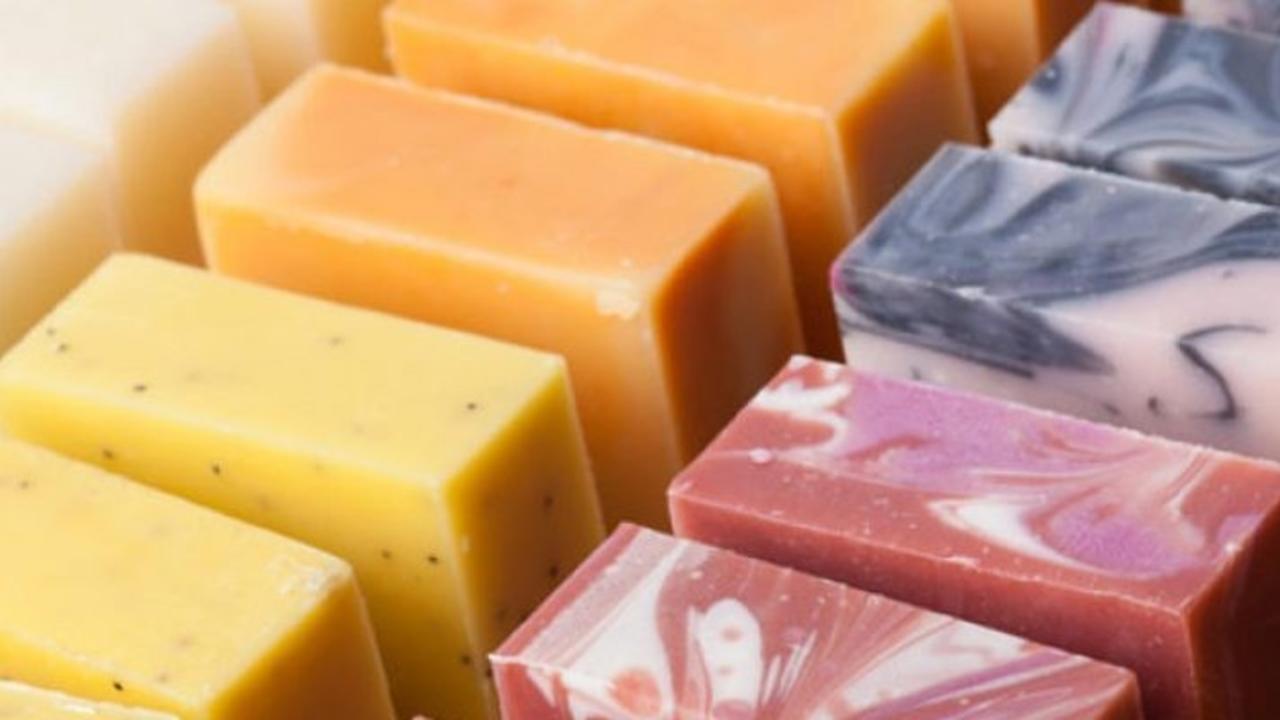If you’re thinking about starting a merchandise business, there are a few things you should keep in mind. First, you’ll need to create a business plan and determine what type of merchandise you’ll be selling. Next, you’ll need to find suppliers for your merchandise and create marketing materials to promote your business.
Finally, you’ll need to set up an online store or retail location and start selling your products!
- Choose the type of merchandise you want to sell
- There are many options available, such as clothes, jewelry, art, and more
- Research the market for your chosen type of merchandise
- Find out what is popular and in demand so you can stock your store with items that will sell well
- Create a business plan
- This will help you determine how much money you need to start your business and how you will make a profit
- Find a location for your store
- Make sure it is in a high traffic area so potential customers will see your store and be tempted to come inside
- 5 open your store! Stock it with merchandise and start selling!
Things to Consider When Opening a Shop
There are many things to consider when opening a shop, from the initial planning stages to the day-to-day management of the business. Here are just a few of the key factors to keep in mind:
1. Location is everything.
You’ll need to find a spot that’s convenient for your target customers and that has enough foot traffic to generate business.
2. Keep your overhead low. Rent, utilities, and other operating costs can eat into your profits if you’re not careful.
Look for ways to cut costs without sacrificing quality or service.
3. Hire great employees. They’ll be the face of your business, so it’s important to find people who are friendly and knowledgeable about your products or services.
4. Promote, promote, promote! Get the word out about your new shop through advertising, social media, and good old-fashioned word of mouth.
How to Start a Small Retail Business Online
In order to start a small retail business online, there are a few key things you need to do. First, you need to choose the right platform for your business. There are many different eCommerce platforms available, so it’s important to do your research and find one that will work best for your specific business needs.
Once you’ve chosen your platform, you need to set up your store. This includes adding products, setting up shipping and payment options, and creating any necessary pages (about us, contact us, etc.). Once your store is all set up, it’s time to start promoting it!
You can do this through social media, email marketing, paid advertising, or any other number of marketing strategies. The most important thing is to get started and get your products in front of potential customers. With a little effort and perseverance, you can build a successful small retail business online!
How to Start a Retail Business from Home
The retail business is one of the most popular choices for those looking to start their own business. And it’s no wonder why! Retail businesses offer a great opportunity to be your own boss, set your own hours, and make a good income.
But starting a retail business can be a daunting task, especially if you’re doing it from home. There are a lot of things to consider, from choosing the right products to stock to creating a marketing plan that will get customers in the door.
Here are some tips to help you get started on starting your own successful retail business from home:
1. Choose the right products. Not all products are created equal when it comes to selling them in a retail setting. You’ll want to choose items that are popular and in demand, but also unique enough that they’ll stand out from the competition.
Do some research online and in brick-and-mortar stores to see what’s selling well and what might be appealing to your target market.
2. Create an eye-catching display. First impressions count, so take some time to create an inviting and visually appealing display for your products.
This doesn’t have to be expensive or elaborate – even something simple like colorful posters or lights can attract attention and give customers a sense of what they can expect from your store.
3 . Develop a marketing plan .
Getting people in the door is half the battle when it comes to running a successful retail business. You’ll need to come up with creative ways to market your store and promote your products both online and offline.
Legal Requirements for Opening a Retail Store
If you’re thinking of opening a retail store, there are a few legal requirements you’ll need to take care of first. First, you’ll need to obtain a business license from your city or county. This license will allow you to operate your business in the location you’ve chosen.
Next, you’ll need to get a seller’s permit from the state in which your store is located. This permit will allow you to sell merchandise within that state. Finally, if you plan on selling any food products, you’ll need to obtain a food handler’s permit from your local health department.
With these three permits in hand, you’ll be ready to open your doors for business!
Opening a Retail Store Business Plan
When it comes to starting a retail store, there are a lot of things you need to take into consideration. One of the most important things is creating a business plan. Your business plan should include your store’s mission statement, target market, competition, marketing strategy, and financial projections.
Your mission statement should be a brief overview of what your store is all about and what you hope to achieve. It should be clear and concise so that anyone who reads it knows exactly what your store is all about.
Your target market is who you want to sell your products or services to.
You need to research your target market so that you know who they are, what their needs are, and how to reach them. Competition is something you need to be aware of no matter what industry you’re in. Take some time to research your competition so that you know what they’re doing well and where they could improve.
Your marketing strategy should be designed to reach your target market and promote your product or service in the most effective way possible. There are many different marketing channels available, so choose the ones that will work best for reaching your target market. Finally, financial projections are an important part of any business plan.
You need to have realistic estimates for start-up costs, operating expenses, sales revenue, etc. Having detailed financial projections will help you make informed decisions about investing in your business.
How to Open a Retail Store Checklist
Opening a retail store is a big undertaking. There are many things to consider and it’s important to have a plan and a checklist to make sure you’ve covered all your bases. Here’s a checklist of some of the key things you need to do when opening a retail store:
1. Choose the right location: The location of your store is very important for its success. You want to choose a location that is convenient for your customers and has good foot traffic.
2. Create a business plan: A business plan will help you map out your goals and strategies for your new store.
It’s important to have a clear vision for your business before you get started.
3. Get the necessary permits and licenses: Before you can open your doors, you’ll need to obtain any required permits or licenses from the government. This can vary depending on what type of products or services you’ll be selling at your store.
4. Find the right suppliers: You’ll need to source products for your store from reliable suppliers who can provide good quality merchandise at competitive prices. Take some time to research potential suppliers before making any decisions.
5. Set upYour Storefront : Your storefront is one of the first things potential customers will see, so it’s important to make sure it looks professional and inviting .
Consider hiring someone with retail experience to help you design and set up your space .
Small Retail Business Examples
There are many different types of small retail businesses. Here are a few examples:
1. Clothing Stores – These can be anything from high-end boutiques to casual apparel stores.
2. Jewelry Stores – Again, these can range from high-end jewelers to more affordable accessory shops.
3. Home Decor Stores – These include furniture stores, homegoods stores, and florists.
4. Gift Shops – Here you’ll find everything from stationery shops to toy stores.
5. Specialty Stores – This category covers a wide range of businesses, including bookstores, music stores, and sporting goods stores.
Merchandise Business Examples
Merchandise businesses are all around us. From the local grocery store to the big box retailers, companies rely on selling merchandise to generate revenue. But what exactly is a merchandise business?
A merchandise business is any company that sells physical goods. This can include everything from food and apparel to electronics and home goods. Merchandise businesses typically have a brick-and-mortar presence, though some may also sell their products online.
There are many different types of merchandise businesses, but some of the most common include:
Grocery stores: These businesses sell a wide variety of food and beverages, as well as household items like cleaning supplies and personal care products.
Apparel stores: Clothing stores sell both men’s and women’s clothing, as well as children’s clothing in some cases.
They may also sell accessories like jewelry, handbags, and belts.
Electronics stores: These businesses sell a range of electronic devices, including computers, tablets, smartphones, TVs, and more. Many also offer repair services for these devices.

Credit: www.youtube.com
What are the 5 Types of Merchandising?
Merchandising is the process of selling products or services to customers. There are five types of merchandising: product, price, place, promotion, and people.
Product merchandising is all about the products you sell.
It includes factors such as product design, packaging, and labeling. Price merchandising is setting the right price for your products or services. Place merchandising is making sure your products are available in the right places, at the right time.
Promotion merchandising is using marketing and advertising to promote your products or services. People merchandising is ensuring that your employees are providing excellent customer service.
All five types of merchandising are important in order to be successful in business.
By taking a holistic approach to merchandising, you can ensure that all aspects of your business are running smoothly and that you’re able to meet customer needs effectively.
What is an Example of a Merchandising Business?
A merchandising business is a type of business that sells products or goods. The term “merchandise” can refer to a wide range of products, including but not limited to clothing, electronics, books, and furniture. A company that specializes in selling a certain type of merchandise is often referred to as a “retailer.”
For example, a clothing retailer would be a company that specializes in selling clothes.
There are many different types of merchandising businesses. Some common examples include department stores, grocery stores, and online retailers.
Department stores typically sell a variety of merchandise categories, such as clothing, cosmetics, home goods, and more. Grocery stores usually sell food and beverage items, although some may also sell other household items like cleaning supplies and personal care products. Online retailers are businesses that sell merchandise exclusively through the internet; these can include both big name companies like Amazon as well as small businesses run out of someone’s home.
The term “merchandising business” can also refer to companies that manufacture and/or distribute merchandise for other businesses to sell (known as wholesale). These businesses typically don’t deal directly with consumers; instead they work with other businesses like retailers who then resell the merchandise to consumers.
How to Open a Retail Store With No Money?
Opening a retail store with no money might seem like an impossible task, but it is possible to do if you are willing to put in the hard work. There are a few ways that you can open a retail store without any money, and we will explore those options in this blog post.
One option for opening a retail store with no money is to find a space that is already being used as a retail store and negotiate with the owner to take over the lease.
This can be a difficult process, but it is possible to do if you are persistent. Another option is to start an online store; this requires less overhead than a brick-and-mortar store and can be started with very little capital. Finally, you could look into starting a pop-up shop, which is essentially a temporary storefront that can be set up quickly and with little cost.
No matter which route you decide to take, remember that starting your own business takes a lot of hard work and dedication. If you are willing to put in the effort, you can open a successful retail store with no money!
What are the Three Types of Merchandise?
There are three types of merchandise: apparel, home goods, and food.
Apparel includes clothing, shoes, and accessories for men, women, and children. Home goods include furniture, home decor, kitchenware, and bedding.
Food items include pantry staples, fresh produce, meat and seafood, and prepared meals.
How to Create a Merchandising Business: 3 Simple Steps
Conclusion
If you’re looking to start your own merchandise business, there are a few things you need to keep in mind. First, you’ll need to find a niche market that you can focus on. Once you’ve found your niche, you’ll need to create a brand identity for your business.
This includes developing a logo and creating a consistent look for your products. Next, you’ll need to source high-quality products that fit within your brand identity. Once you’ve sourced your products, you’ll need to develop a marketing strategy to reach your target audience.
And finally, you’ll need to set up an eCommerce website or online store where customers can purchase your products.



